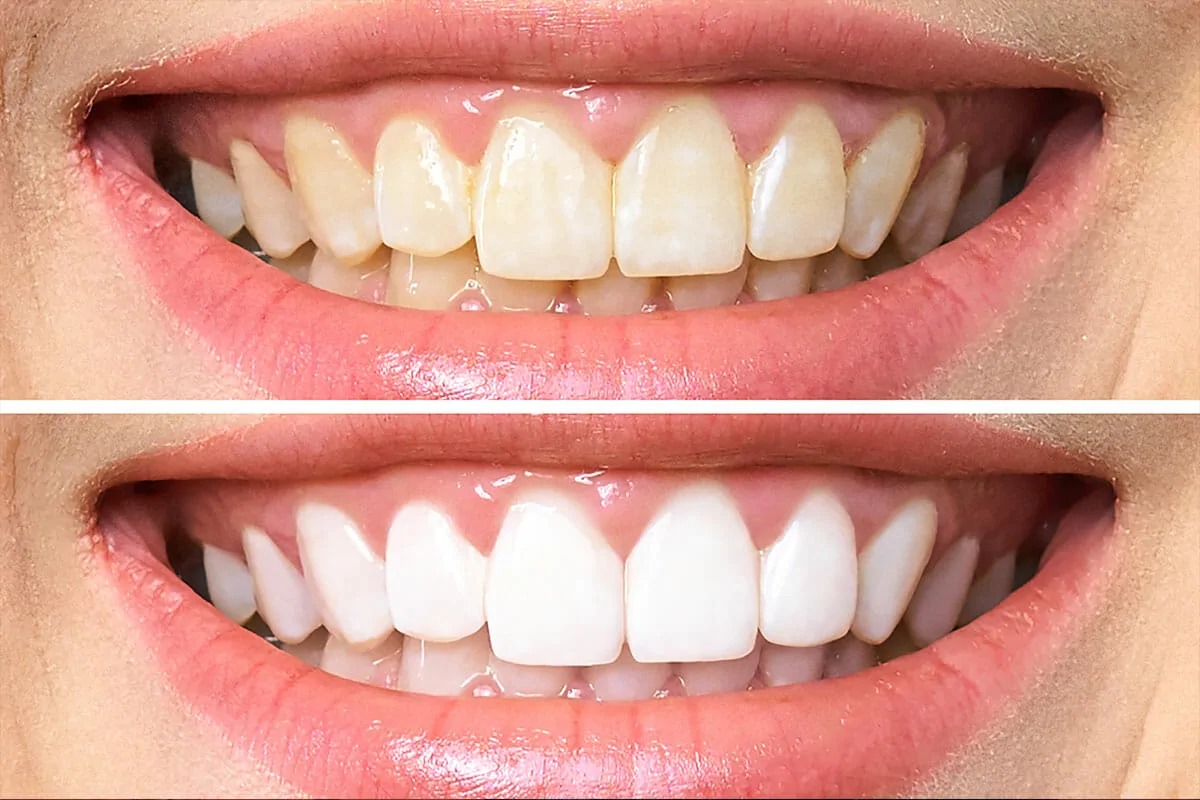Bleaching

The most common cosmetic dentistry procedure is tooth bleaching. Especially in comparison to aggressive methods such as veneering, crowning, or bonding to improve an individual's smile, tooth bleaching is one of the most conservative and cost-effective dental treatments for discoloured teeth.
It is best suited for people with healthy or unrestored teeth and gums. Tooth whitening cannot completely change the colour of your teeth, but it can lighten the existing shade and is not permanent.
Currently, most bleaching agents are based on hydrogen peroxide or carbamide peroxide. The oxidising agent peroxide penetrates the porosities in the rod-like crystal structure of enamel and dissolves the stain.
When compared to brownish teeth, yellowish teeth respond well to bleaching. Gray, purple, or tetracycline stains are more difficult to remove and may necessitate several bleaching sessions. If you smoke, eat, or drink products that stain your teeth, the effect is less likely to last as long.
There are two methods for bleaching: in-office bleaching and at-home bleaching. Both techniques are generally effective, though results may vary depending on factors such as stain type, patient age, bleaching agent concentration, treatment time, and frequency.
In-office bleaching contains 15% to 43% peroxide, and at-home bleaching contains 3% to 20% peroxide.
Tooth bleaching is best performed under the supervision of a professional dentist and following a pretreatment dental examination and diagnosis. If you want to know more, consult our dentists.
Call Us Now or For More Information Click Here